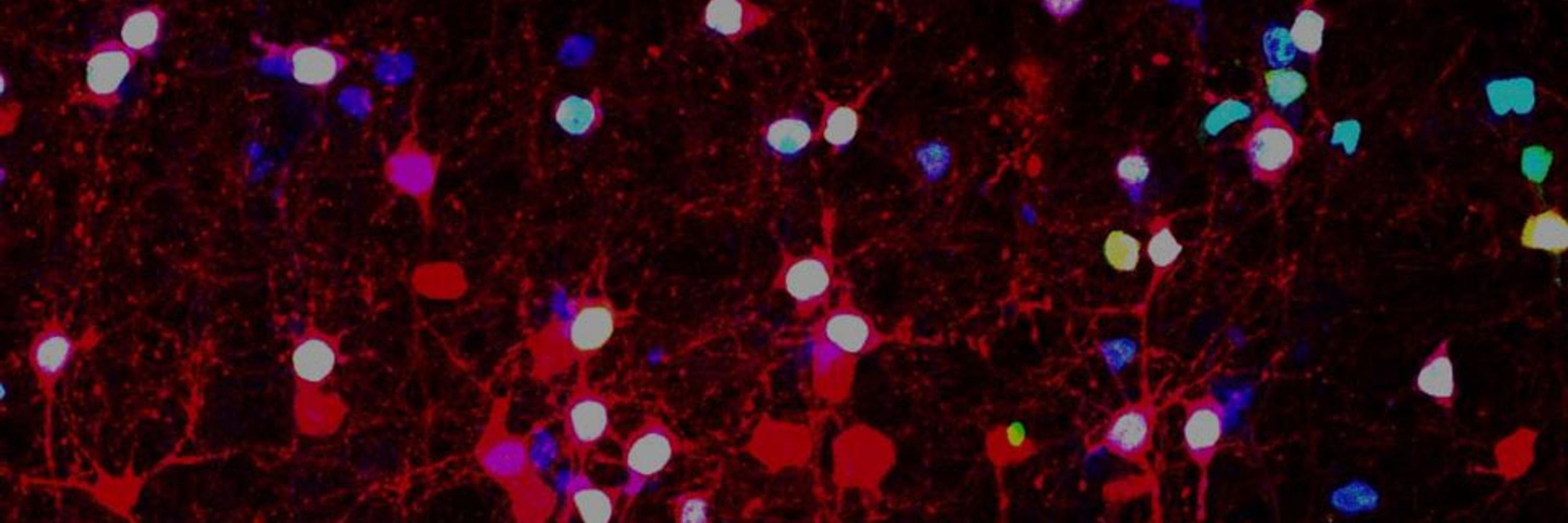






Since transcriptome types and active neurons don’t always correlate in many cases, I anticipate that methods like this will continue to be useful😄


Since transcriptome types and active neurons don’t always correlate in many cases, I anticipate that methods like this will continue to be useful😄



This figure is a personal favorite. While Oxtr-positive and Cartpt-positive sympathetic neurons are intermingled within the lower thoracic spinal cord, their axons segregate beautifully according to their targets! 7/

This figure is a personal favorite. While Oxtr-positive and Cartpt-positive sympathetic neurons are intermingled within the lower thoracic spinal cord, their axons segregate beautifully according to their targets! 7/

